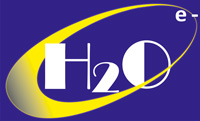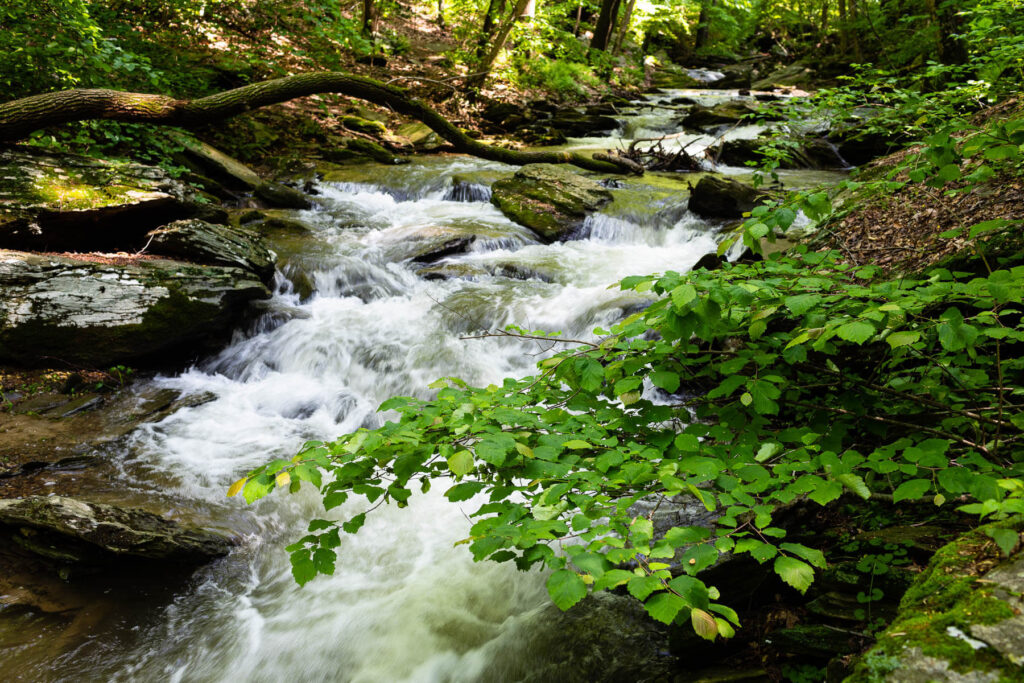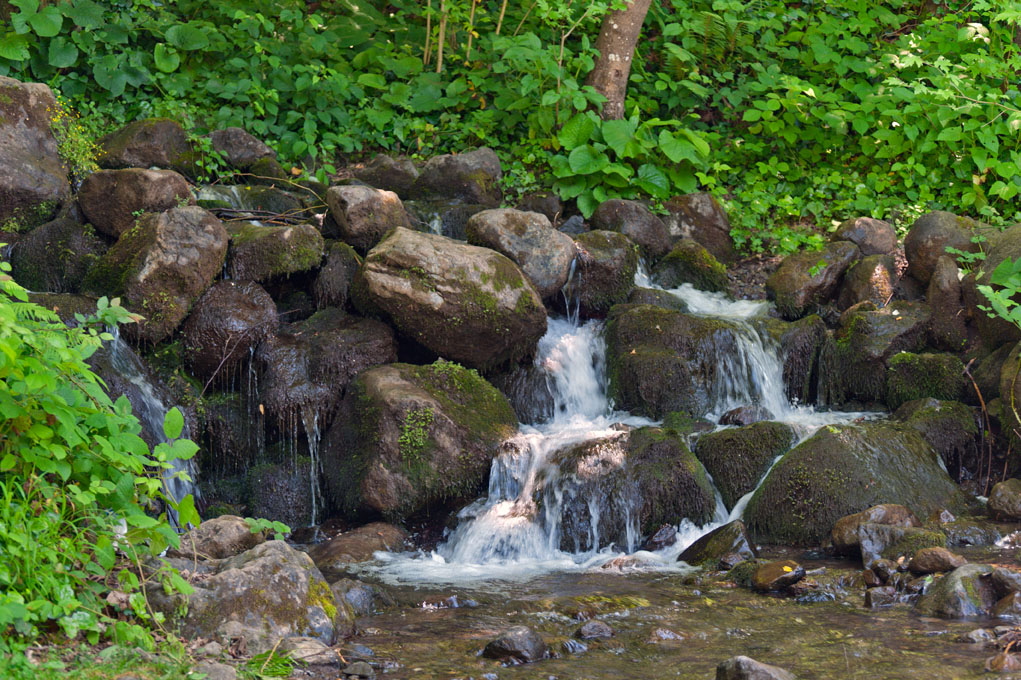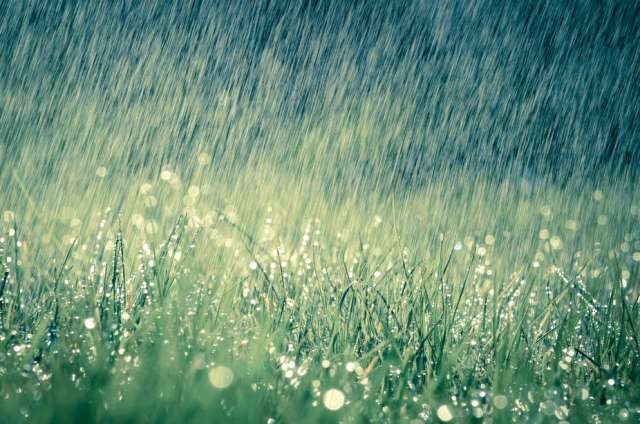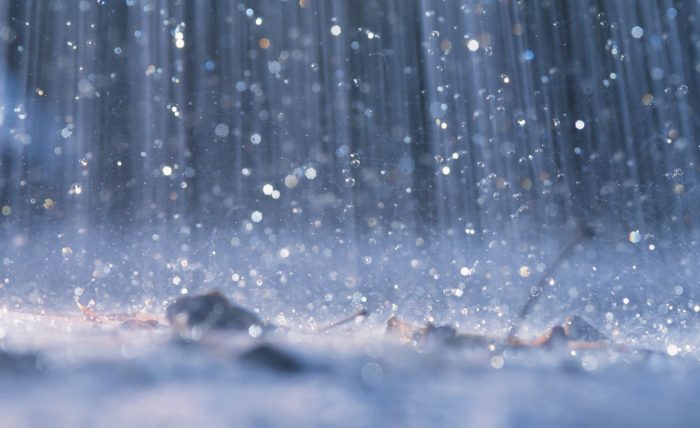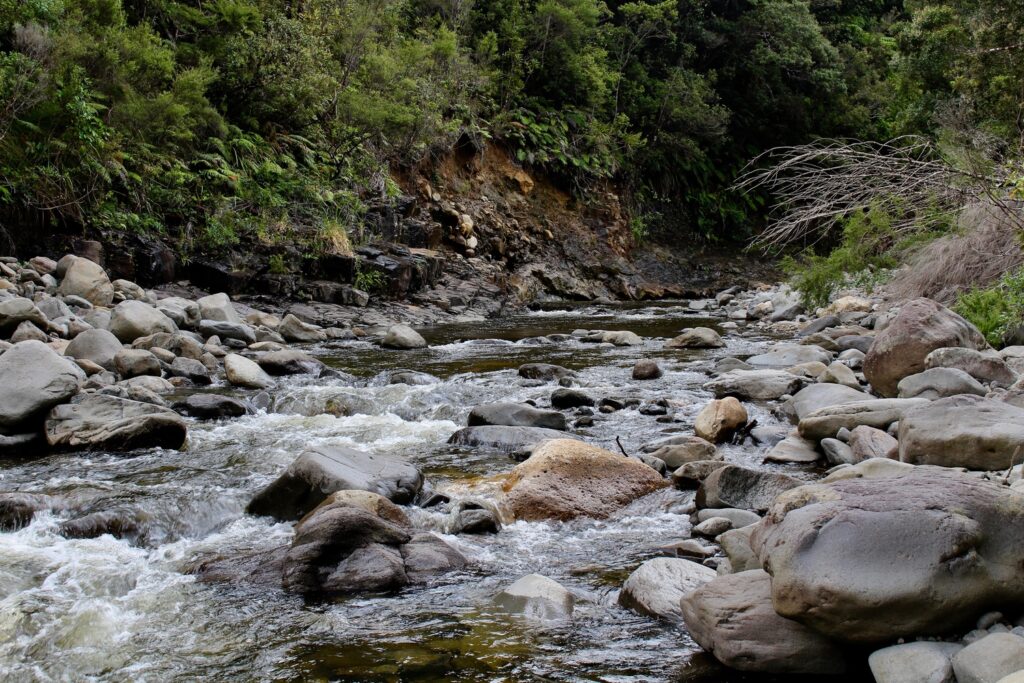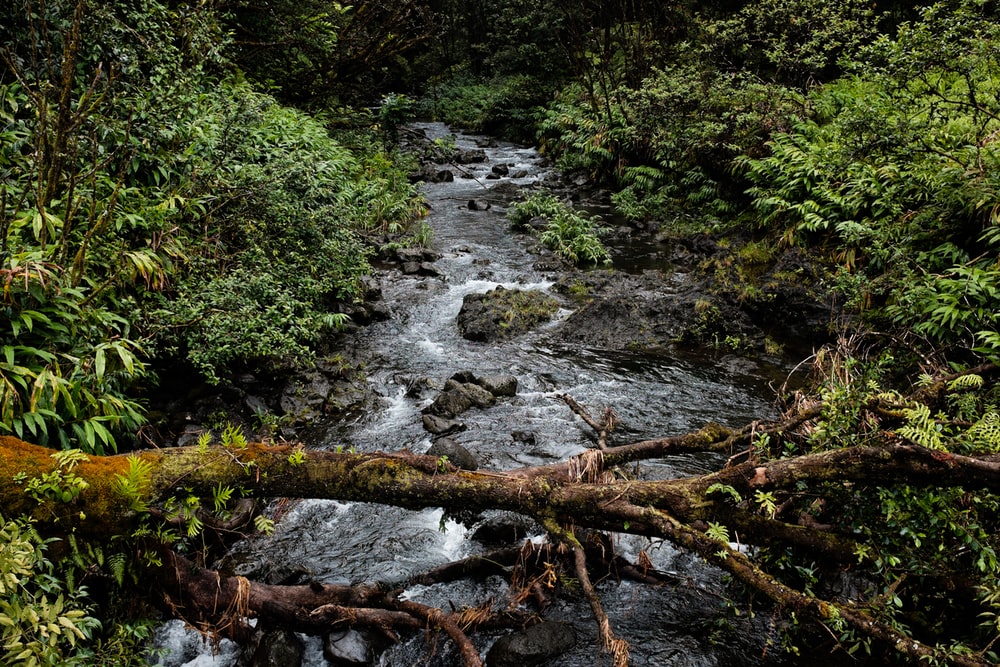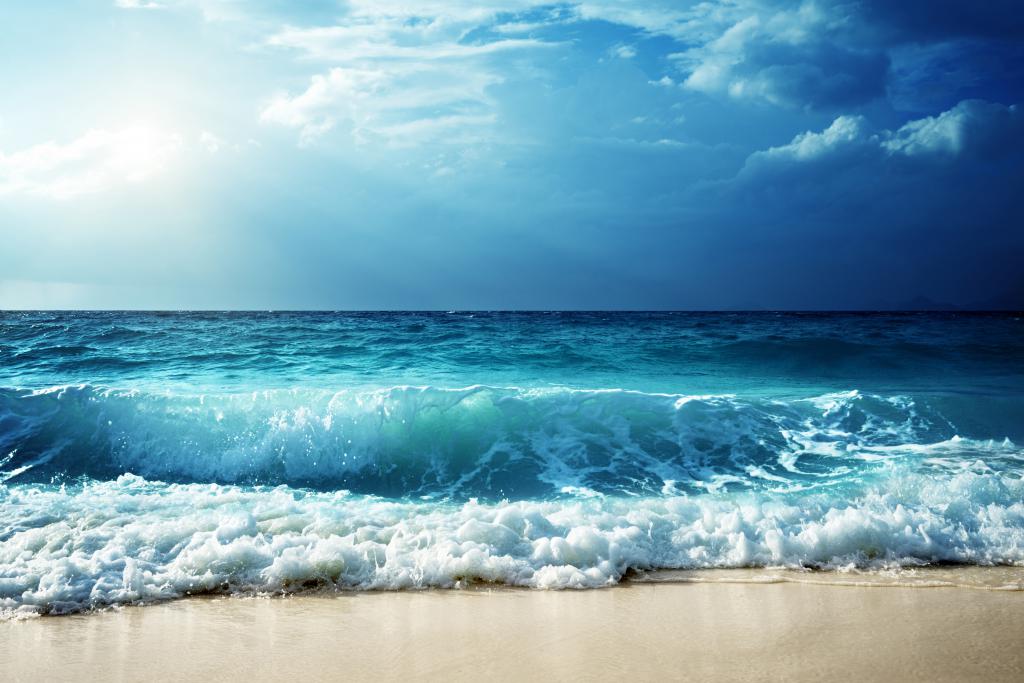WATER SUPPLY
Supply
There are only eight different theoretical options for water supply. Here’s the list, approximately prioritized in terms of desirability.
1) Spring Water. Springs in Costa Rica are typically potable and are abundant and are the holy grail of water supplies for those that have access to one. Especially when a spring can be identified that is above the building site and can provide water supply by gravity, it does not get better. Spring water supply protection is relatively easy through installation of a spring box water catchment system.
2) Municipal water. Most urban communities and many small rural communities have collective water supply systems that a new home can tap into. A monthly fee is paid based on metered consumption or some other criterion of use, and the user is subject to the limitations of the existing water supply. In Costa Rica, all official water supply systems installed and maintained by Acueductos y Alcantarillados are made potable by chlorination. While smaller rural supplies may not be chlorinated these are also subject to more frequent water outages or shortfalls. There are many ways that a private homeowner can compensate for deficiencies in water quality and quantity in a small (or large) municipal water supply. Often this is the only practical choice, particularly for owners of lots in subdivisions or in small communities with poor water supply.
3) Ground Water. Deep wells can be sunk nearly universally in Costa Rica, and shallow hand dug wells can be used in most coastal and alluvial locations throughout most of the country. While there is no guarantee that a bored well will hit water, probability is high that a water supply solution can be developed with a well on the first try, certainly for a single home residence or small residential complex. The downside to wells is the high cost of drilling (figure $10,000 on the low end), and of pumping costs once the well is drilled and completed. Other drawbacks include a greater likelihood of high water hardness, and possible nuisance contaminants like iron, manganese, and sulfur.
4) Rainfall. Rainfall capture is viable for domestic water supply in all of the microclimates of Costa Rica. All that is required is a roof to capture water on, a storage capacity large enough to sustain water demands through the dry season, a water pressurization system to make the water useable, and a water filtration system to ensure water quality at all times.
5) Stream Water. Surface water is never of sufficient quality to be used as domestic water supply without prior disinfection. However, the abundance of surface water sources makes this a robust water supply option for many property holders. Stream water is more challenging to capture than spring water owing to the variability in flow rate and water quality. The smallest stream can turn into a raging river with the amount of rain experienced in storms, so stream water intakes must be well designed and built to withstand the extreme forces that arise during flood conditions. OWW specializes in stream water intakes with its proprietary infiltration gallery water intake model.
6) Reuse / Recycle. No list of water supply alternatives would be completing without including water streams originating from the recycling or reuse of waste streams. In practice, there is very little water recovery and reuse in Costa Rica. There is no shortage of water in the first place, and pressures to reuse water are slight and uneconomic. Grey water can be reasonably processed to serve as irrigation-quality water. With separate plumbing, treated grey water may also be plumbed to toilets and to fixtures for use only for drip irrigation. Someday such practices will be considered standard, perhaps even in climates with such an abundance of water as Costa Rica has.
7) Seawater. The only other source of water–other, arguably, then magmatic water–that can be tapped for water supply in Costa Rica is seawater. But the removal of salt to make it potable is very costly, and desalinated water is still pretty lousy stuff. While Costa Rica has so much water that desalinization will never be required for water supply, nations in the middle east have no alternative to reverse osmosis desalinization of sea water to provide for municipal water supply.
Demand
You either already know or have a good idea of which water supply option best applies to your case. To continue the analysis, you must determine your water demand. That will vary according to your use. For residential engineering, the US uses a figure of 100 gallons per day per capita consumption of water, and Costa Rica uses a value of 75 gpd. Based on occupancy patterns and additional water demands, like irrigation, it is possible and necessary to arrive at a peak daily demand estimate. This is the sustained de facto flow rate that must be captured in order to supply the demand. But water supply demand is small potatoes; even at 100 gpd per capita, a family of four needs 400 gallons per day, which is a continuous flow rate of only 0.3 gallons per minute, which is a tiny flow rate. For reference, a flow of 1 gpm, about what comes out of a faucet is capable with adequate storage to supply fourteen full time occupants with their fully daily 100 gallons of water.
Mechanics
Having defined the water demand and supply, the rest is the mechanics of water storage, piping, pumping, valving, purification, and automation of a completed water supply system. And once that’s all defined then it’s just a question of building it. Write me for assistance with evaluating your water supply options. You can fill out the questionnaire or describe your circumstances in an email. There is no cost nor obligation to inquiries of any kind, and I am prompt in replying.
